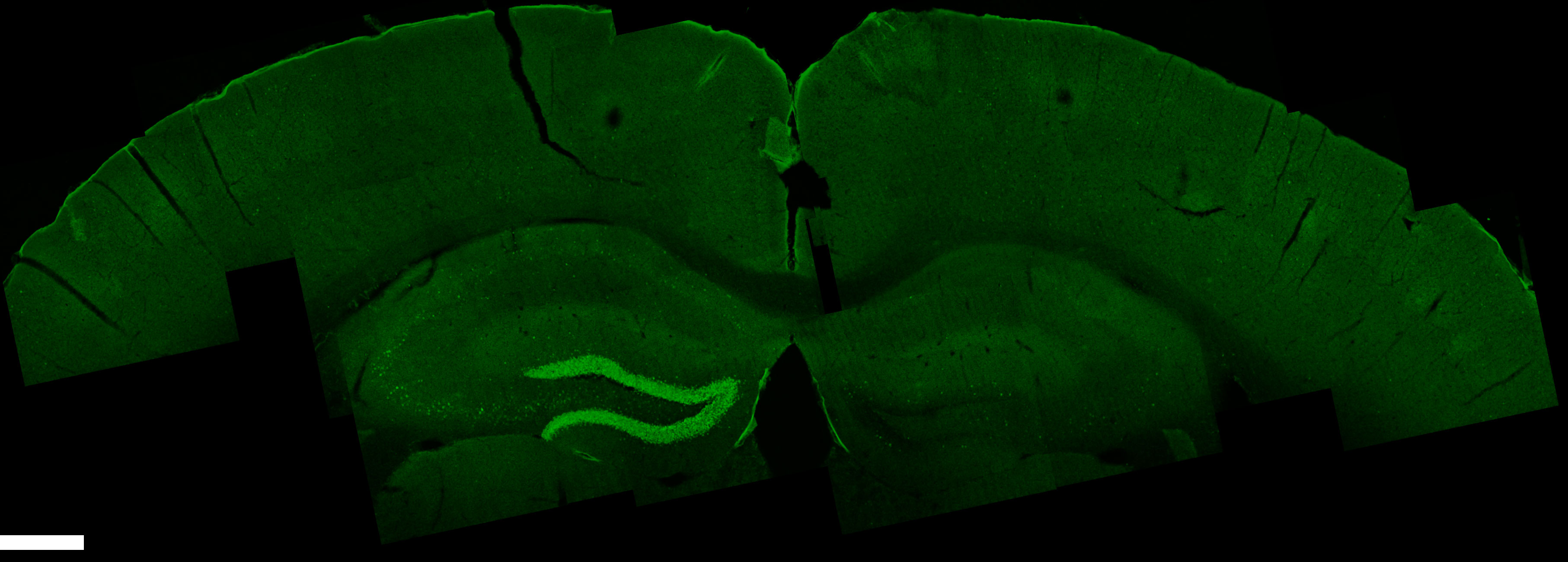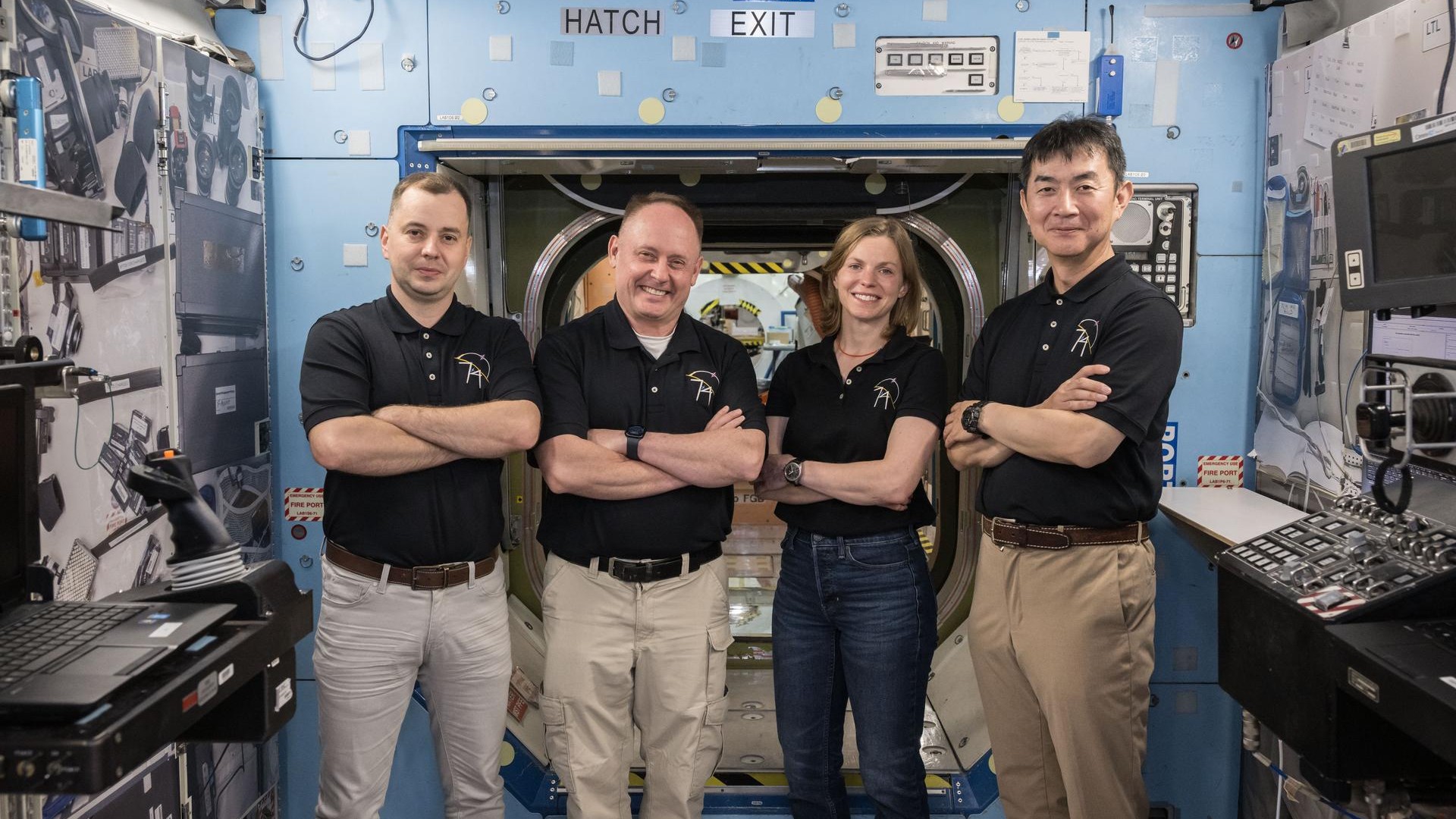Deep-Brain Stimulation May Be Possible with Noninvasive Technique

A treatment called "deep-brain stimulation" that is used for people with disorders such as Parkinson's disease doesn't have to physically dig into the brain, it turns out. Instead of using invasive methods to electrically stimulate brain cells, a new technique places electrodes on the head to stimulate the brain noninvasively, according to a new study.
Scientists revealed that they could get a mouse to wiggle its ears, paws and whiskers using this new method, they added.
Current techniques for using deep-brain stimulation on human patients involve surgically implanting electrodes deep into the brain, and then using them to send electrical impulses. Doctors usually reserve this invasive therapy for people with severe conditions, such as those with epilepsy whose seizures have not improved with any other treatments. [10 Things You Didn't Know About the Brain]
"Deep-brain stimulation is very useful for helping a lot of people, but it does require surgery," said study senior author Ed Boyden, co-director of the Massachusetts Institute of Technology's Center for Neurobiological Engineering.
A number of noninvasive methods can stimulate cells near the surface of the brain using electrical or magnetic pulses, but these techniques struggle to stimulate deeper regions that doctors might want to reach for therapies.
Now, Boyden and his colleagues have developed a new way to perform noninvasive deep-brain stimulation on mice, raising the possibility that it could work on humans someday.
The new technique is called temporal interference (TI) stimulation. It works by placing electrodes on the head that emit two or more high-frequency electrical signals to a target deep within the brain.
Get the world’s most fascinating discoveries delivered straight to your inbox.
Neurons generally react only to low-frequency electric signals. As such, high-frequency signals will pass through most neurons without effect, the researchers said.
However, when these high-frequency signals meet at the target, they interfere with one another. The spot where they interact will instead experience a low-frequency signal that excites the neurons, the researchers explained.
In experiments on living mice, the researchers confirmed that these electrical signals stimulated targets deep inside the brain and not overlying regions. They could use their technique to alternate between moving a mouse's right paw, whiskers and ears, and then its left paw, whiskers and ears.
The scientists also ran a number of safety experiments to confirm that their new technique did not damage brain tissues. They found that it did not harm neurons, trigger seizures or heat brain cells beyond the natural range of temperature variations seen in the brain. [6 Foods That Are Good For Your Brain]
"If we can figure out a way to stimulate the human brain without surgery, this could not only lead to clinical applications for epilepsy, Parkinson's, depression and other diseases, but you could carry out advanced neuroscience experiments on human volunteers to perturb brain circuits very precisely and learn more about the human condition," Boyden said.
It remains uncertain what challenges this new technique might face before it's used on humans, who have thicker skulls and larger brains. The researchers plan to scale it up to human volunteers soon.
The scientists detailed their findings June 1 in the journal Cell.
Original article on Live Science.

 Live Science Plus
Live Science Plus







